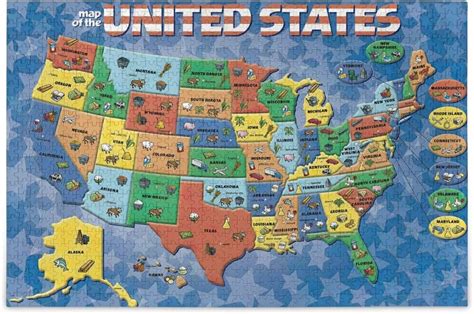The Andes Mountains are also home to many indigenous communities who have lived in the region for thousands of years. These communities have developed unique cultures and traditions that are still practiced today.
Table of Contents
Table of Contents
Introduction
South America is a continent that is rich in history, culture, and natural beauty. Exploring the map of South America can be a great way to learn more about this amazing continent. In this article, we will zoom in on the map of South America and explore the different regions of this diverse continent.What is the geography of South America?
South America is the fourth largest continent in the world and is located in the southern hemisphere. It is made up of 12 countries and three territories. The geography of South America is diverse and includes the Andes Mountains, the Amazon Rainforest, the Atacama Desert, and the Patagonia region.What are some interesting facts about South America?
South America is home to some of the most diverse wildlife in the world, including the jaguar, the anaconda, and the capybara. The continent is also known for its rich cultural heritage, including the ancient Inca civilization and the vibrant music and dance traditions of Brazil.The Andes Mountains
The Andes Mountains are the longest mountain range in the world and stretch over 7,000 kilometers through South America. They run along the western coast of the continent and are home to some of the highest peaks in the world, including Mount Aconcagua in Argentina and Mount Chimborazo in Ecuador.The Andes Mountains are also home to many indigenous communities who have lived in the region for thousands of years. These communities have developed unique cultures and traditions that are still practiced today.
What is the climate like in the Andes Mountains?
The climate in the Andes Mountains varies depending on the altitude. At higher elevations, temperatures can be very cold and snow is common. In the lower valleys, the climate is milder and more humid.The Amazon Rainforest
The Amazon Rainforest is the largest tropical rainforest in the world and covers an area of over 6 million square kilometers. It is home to some of the most diverse wildlife on the planet, including monkeys, sloths, and toucans.The Amazon Rainforest is also home to many indigenous communities who have lived in the region for thousands of years. These communities have developed unique cultures and traditions that are still practiced today.
What is the impact of deforestation on the Amazon Rainforest?
Deforestation is a major threat to the Amazon Rainforest. Large areas of the forest are being cleared for agriculture and mining, which is destroying the habitat of many endangered species and contributing to climate change.The Atacama Desert
The Atacama Desert is the driest desert in the world and covers an area of over 100,000 square kilometers. It is located in northern Chile and is known for its unique landscape of salt flats, sand dunes, and volcanic formations.The Atacama Desert is also home to several unique species of wildlife, including the vicuña, a type of wild camelid, and the flamingos that live in the salt flats.
What is the climate like in the Atacama Desert?
The climate in the Atacama Desert is extremely arid and temperatures can vary widely between day and night. The region receives very little rainfall and is one of the driest places on earth.The Patagonia Region
The Patagonia region is located in southern Argentina and Chile and covers an area of over 1 million square kilometers. It is known for its rugged landscapes, including mountains, glaciers, and fjords.The Patagonia region is also home to many species of wildlife, including the Andean condor, the guanaco, and the South American gray fox.

